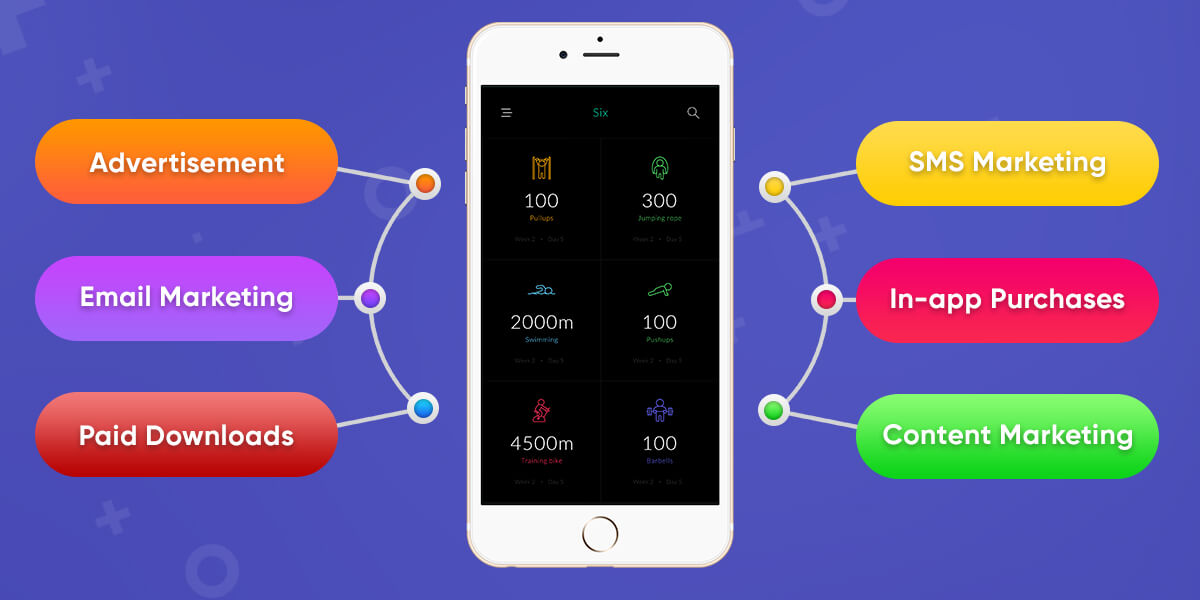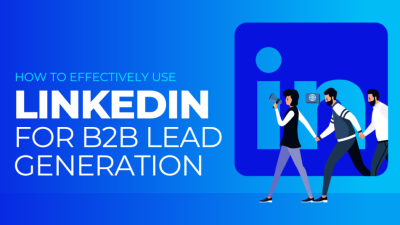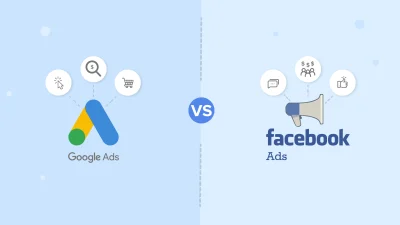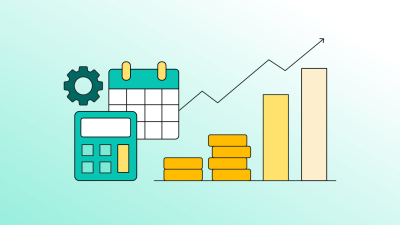Introduction
Building a mobile app is a major achievement—but turning it into a revenue-generating product is the real challenge. With millions of apps competing for attention, Monetize a Mobile App can make or break your app’s success.
Whether you’re launching a utility app, a game, or a marketplace, this guide explores proven monetization strategies, their pros and cons, and how to implement them effectively to maximize revenue without compromising user experience.
1. Understanding Mobile App Monetization
What Is Monetization?
Monetization is the process of generating revenue from your app. It can be direct (e.g., selling products) or indirect (e.g., advertising).
Why It Matters:
- Sustains development and updates
- Supports marketing and growth
- Validates your business model
- Attracts investors and partners
2. Choosing the Right Monetization Model
Factors to Consider:
- Target audience
- App category (e.g., gaming, productivity, e-commerce)
- User behavior and expectations
- Market competition
- Platform (iOS, Android, cross-platform)
Tip:
Start with one core model and expand based on user feedback and analytics.
3. Freemium Model
How It Works:
Users download the app for free and access basic features. Premium features are unlocked via in-app purchases or subscriptions.
Examples:
- Spotify
- Evernote
- Duolingo
Pros:
- Low barrier to entry
- Encourages user acquisition
- Upsell opportunities
Cons:
- Requires strong value proposition
- Conversion rates can be low
Best Practices:
- Offer meaningful free features
- Use subtle prompts to upgrade
- Highlight premium benefits clearly
4. In-App Purchases (IAP)
How It Works:
Users buy virtual goods, content, or features within the app.
Examples:
- Extra lives in games
- Filters in photo apps
- Premium content in news apps
Pros:
- Flexible pricing
- High revenue potential in gaming and entertainment
Cons:
- Can feel intrusive if overused
- Requires secure payment integration
Best Practices:
- Offer value-driven purchases
- Use limited-time offers and bundles
- Ensure smooth and secure checkout
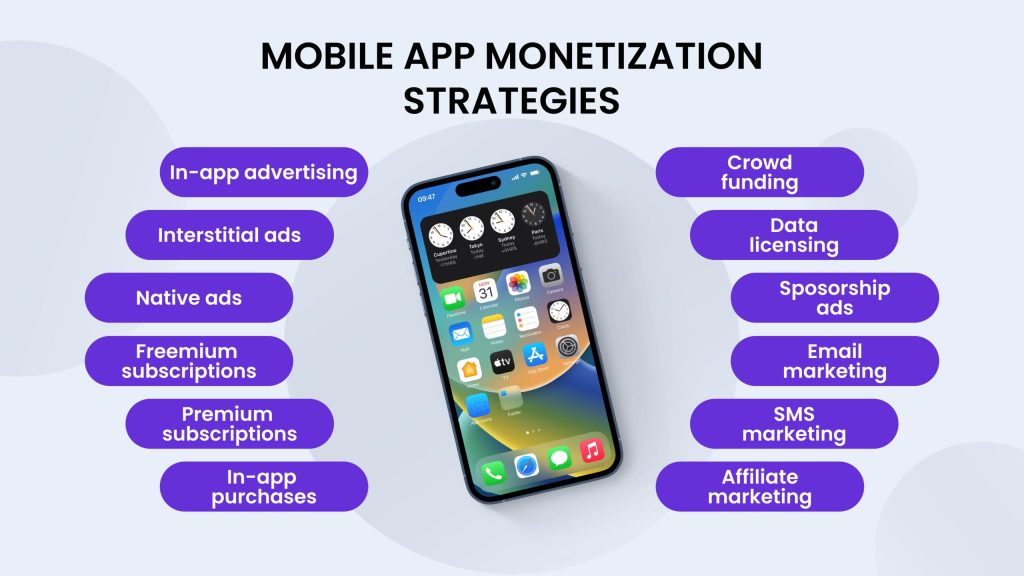
5. Subscription Model
How It Works:
Users pay a recurring fee (weekly, monthly, yearly) for access to content or features.
Examples:
- Netflix
- Headspace
- Adobe Creative Cloud Mobile
Pros:
- Predictable revenue
- High lifetime value (LTV)
- Encourages long-term engagement
Cons:
- Requires consistent content updates
- High churn risk if value isn’t maintained
Best Practices:
- Offer free trials
- Use tiered pricing
- Provide exclusive content or features
6. Advertising
How It Works:
You earn revenue by displaying ads in your app—either per impression, click, or action.
Ad Formats:
- Banner ads
- Interstitial ads
- Native ads
- Rewarded video ads
Pros:
- Easy to implement
- Scales with user base
Cons:
- Can disrupt UX
- Requires high traffic for meaningful revenue
Best Practices:
- Use non-intrusive formats
- Target ads based on user behavior
- Partner with reliable ad networks (Google AdMob, Facebook Audience Network)
7. Affiliate Marketing
How It Works:
Promote third-party products or services and earn a commission for each sale or lead generated through your app.
Examples:
- Travel apps promoting hotel bookings
- Finance apps recommending credit cards
- Content apps linking to Amazon products
Pros:
- Passive income
- Relevant recommendations enhance UX
Cons:
- Requires trust and transparency
- Limited control over third-party offerings
Best Practices:
- Choose relevant affiliate programs
- Disclose affiliate relationships
- Track performance and optimize placements
8. Paid Apps
How It Works:
Users pay upfront to download the app.
Examples:
- Productivity tools
- Premium games
- Niche utilities
Pros:
- Immediate revenue
- No ads or IAPs needed
Cons:
- High barrier to entry
- Difficult to scale without strong brand or reviews
Best Practices:
- Offer demos or free versions
- Highlight unique value
- Use compelling visuals and descriptions

9. E-commerce and Marketplace Integration
How It Works:
Sell physical or digital products directly through your app.
Examples:
- Shopify mobile stores
- Etsy seller apps
- Digital course platforms
Pros:
- Direct revenue
- Full control over pricing and inventory
Cons:
- Requires logistics and inventory management
- Payment and security complexities
Best Practices:
- Use secure payment gateways
- Optimize product pages for mobile
- Offer personalized recommendations
10. Sponsorship and Partnerships
How It Works:
Partner with brands or influencers to promote content or co-brand features.
Examples:
- Sponsored challenges in fitness apps
- Co-branded content in media apps
Pros:
- High-value deals
- Enhances credibility
Cons:
- Requires negotiation and brand alignment
- May alienate users if not relevant
Best Practices:
- Choose partners aligned with your audience
- Maintain transparency
- Track engagement and ROI
11. Data Monetization (Ethical Use)
How It Works:
Aggregate anonymized user data for insights or market research.
Pros:
- Passive revenue
- Valuable for B2B apps
Cons:
- Privacy concerns
- Legal and ethical risks
Best Practices:
- Get explicit user consent
- Follow GDPR and data protection laws
- Use secure data handling practices
12. Hybrid Monetization Models
What It Means:
Combine multiple strategies to diversify revenue streams.
Examples:
- Freemium + Ads + IAP
- Subscription + Affiliate
- E-commerce + Sponsorship
Why It Works:
- Maximizes revenue potential
- Adapts to different user segments
Tips:
- Start simple, then expand
- Monitor user feedback and analytics
- Avoid overwhelming users with monetization prompts

13. Tools and Platforms for Monetization
Ad Networks:
- Google AdMob
- Unity Ads
- Facebook Audience Network
Payment Gateways:
- Stripe
- Razorpay
- PayPal
- Apple Pay / Google Pay
Analytics Tools:
- Firebase Analytics
- Mixpanel
- Adjust
- Appsflyer
14. Legal and Compliance Considerations
What to Watch For:
- App store guidelines
- GDPR and data privacy
- PCI-DSS for payments
- COPPA for child-directed apps
Tips:
- Include privacy policy and terms of service
- Use secure APIs and encryption
- Consult legal experts for compliance
15. Measuring Success and Optimizing Monetization
Key Metrics:
- ARPU (Average Revenue Per User)
- LTV (Lifetime Value)
- Conversion rate
- Churn rate
- Retention rate
Optimization Tips:
- A/B test pricing and features
- Segment users for personalized offers
- Monitor feedback and reviews
- Update regularly to stay relevant
Conclusion
Monetizing a mobile app is both an art and a science. The right strategy depends on your app’s purpose, audience, and long-term goals. Whether you choose subscriptions, ads, in-app purchases, or a hybrid model, the key is to balance revenue generation with user experience.
By understanding your users, testing different approaches, and staying compliant, you can turn your app into a sustainable business that grows with your audience.

